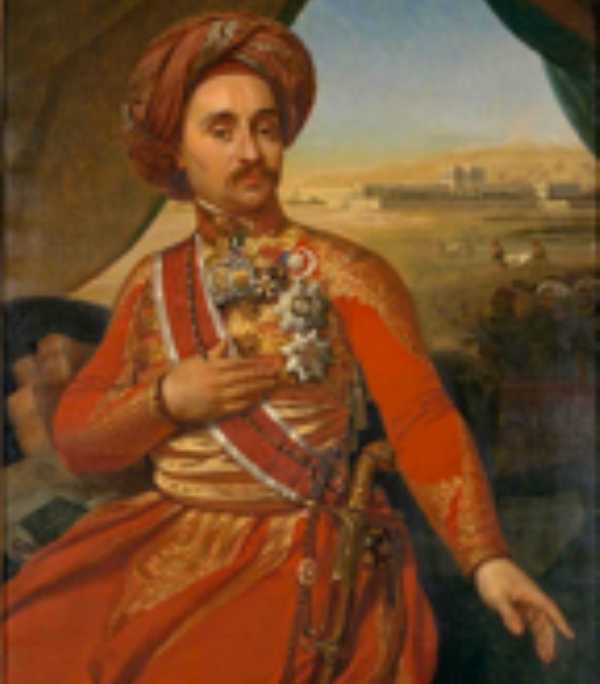 In 11 March 1827, a medical school was established and attached to a military hospital area which was built during Napoleon Bonaparte's campaign in Egypt (1798-1801) in Abu Zaabal area outside Cairo. That date was later appointed as the annual festival day for the Egyptian Medical Profession. The French doctor Antoine Clot became the first director of the medical school and hospital. The hospital of Abou Zaabal was first considered to be the site per election for the school of medicine owing to the facilities, whichit afforded for medical education. Apart from being the only hospital at that time, the Abou Zaabal site was extremely difficult to forsake as a place in Cairo, which could hold from one thousand to one thousand and five hundred patients and at the same time, have sufficient annexes for lodging three hundred students and numerous rooms suitable for lecturing.
In 11 March 1827, a medical school was established and attached to a military hospital area which was built during Napoleon Bonaparte's campaign in Egypt (1798-1801) in Abu Zaabal area outside Cairo. That date was later appointed as the annual festival day for the Egyptian Medical Profession. The French doctor Antoine Clot became the first director of the medical school and hospital. The hospital of Abou Zaabal was first considered to be the site per election for the school of medicine owing to the facilities, whichit afforded for medical education. Apart from being the only hospital at that time, the Abou Zaabal site was extremely difficult to forsake as a place in Cairo, which could hold from one thousand to one thousand and five hundred patients and at the same time, have sufficient annexes for lodging three hundred students and numerous rooms suitable for lecturing.

In the winter of 1837, the Viceroy Mohamed Aly granted Dr. Clot Bey the handsome college of Kasr Al-Ainy. It was located between Old Cairo and the populated district off Boulac, facing the splendid island of Rodah, covered with gardens. It is to these vast buildings, that Dr. Clot Bey transferred the school and hospital. This new site was preferred not only because it could accommodate 1,500 beds and 300 students, but also because it was situated in the heart of Cairo, compared to Abou Zaabal, which lies at the outskirts of the Egyptian capital. A year later, the first school for midwifery was established in the hospital. The school had a rich library, a museum for natural history, and laboratories for physics and chemistry. Equipped with its dormitories and refectories, the hospital was on a par with the best hospitals of Europe.
 On 11/3/1925, a decree was issued with a law of establishing Egyptian University and its system. The first article stated that a university called ((Egyptian University)) should be established, headquartered in Cairo, composed of Faculties of Arts, Science, and Medicine (which included Pharmacology branch)), Faculty of law, and other faculties to be built later.
On 11/3/1925, a decree was issued with a law of establishing Egyptian University and its system. The first article stated that a university called ((Egyptian University)) should be established, headquartered in Cairo, composed of Faculties of Arts, Science, and Medicine (which included Pharmacology branch)), Faculty of law, and other faculties to be built later.
The university donated 44 acres for Faculty of Medicine and its hospital at Manial El-Rawda, and spent 1000,000 pounds to establishing buildings of Faculty of Medicine and Academic Hospital. The new Faculty of Medicine and hospital (the current campus) were opened on 1933. Ali Ibrahim Pasha, the first elected Dean of the faculty and the director of the hospital opened the door for female students on 1929.



